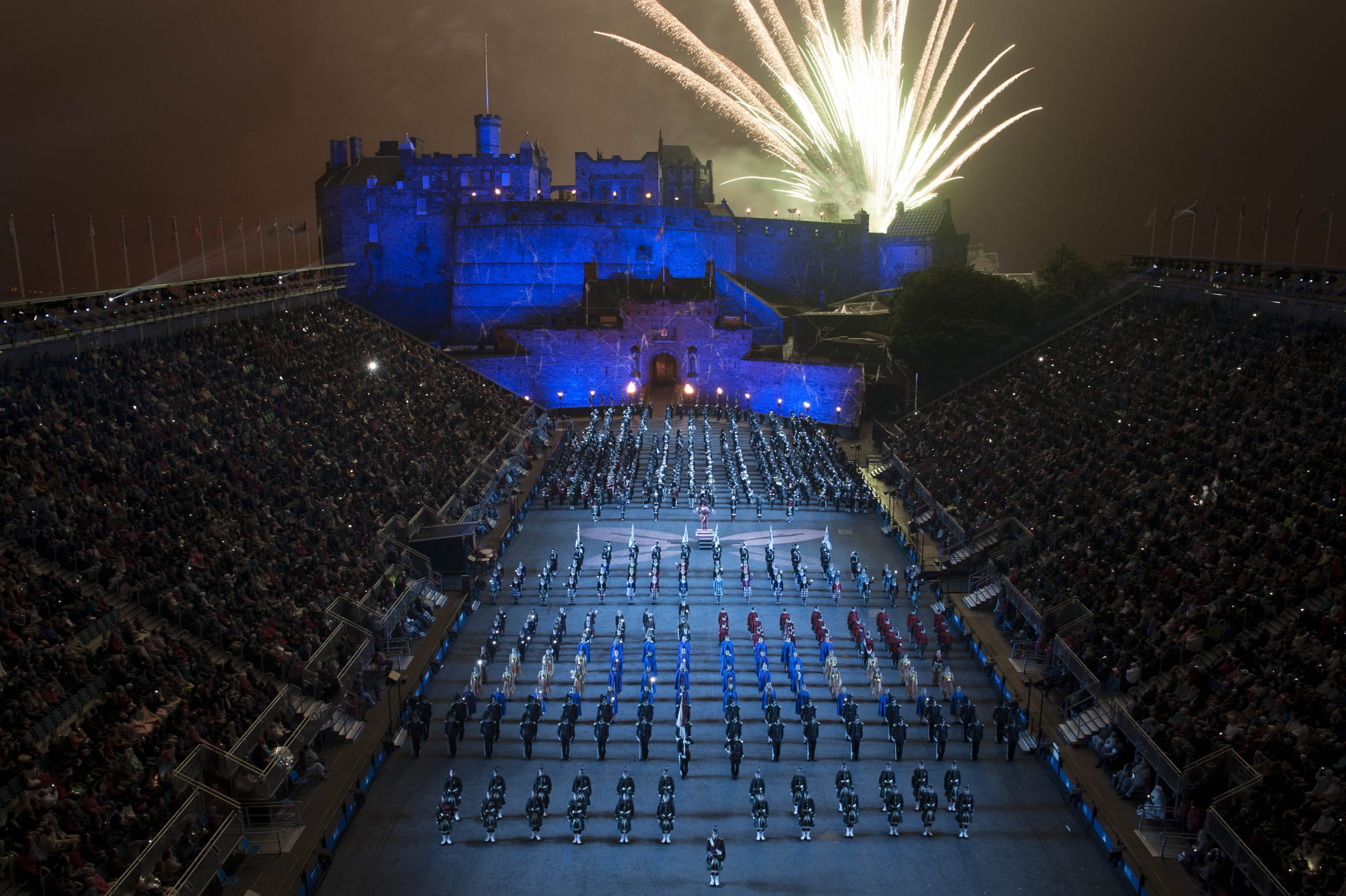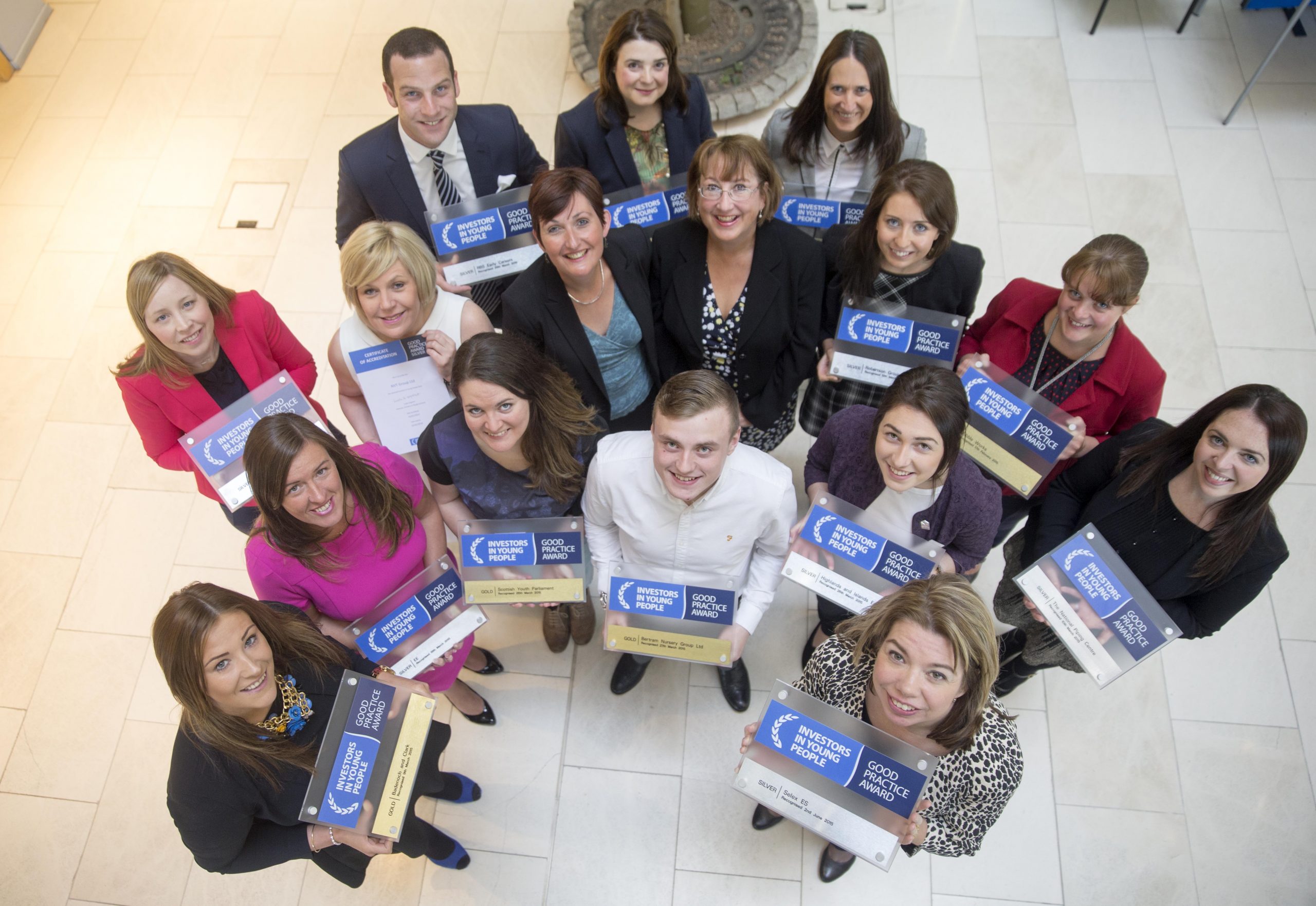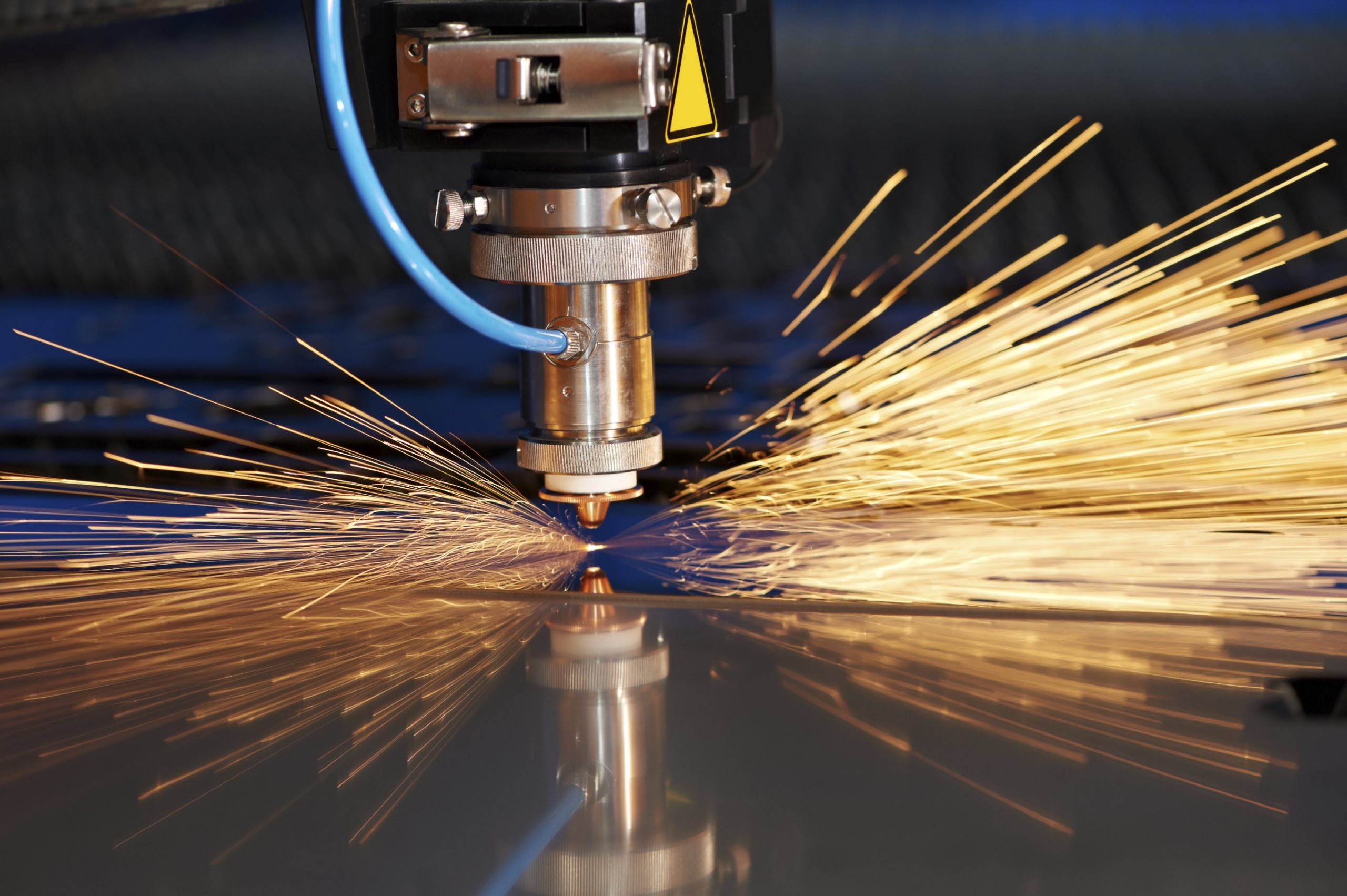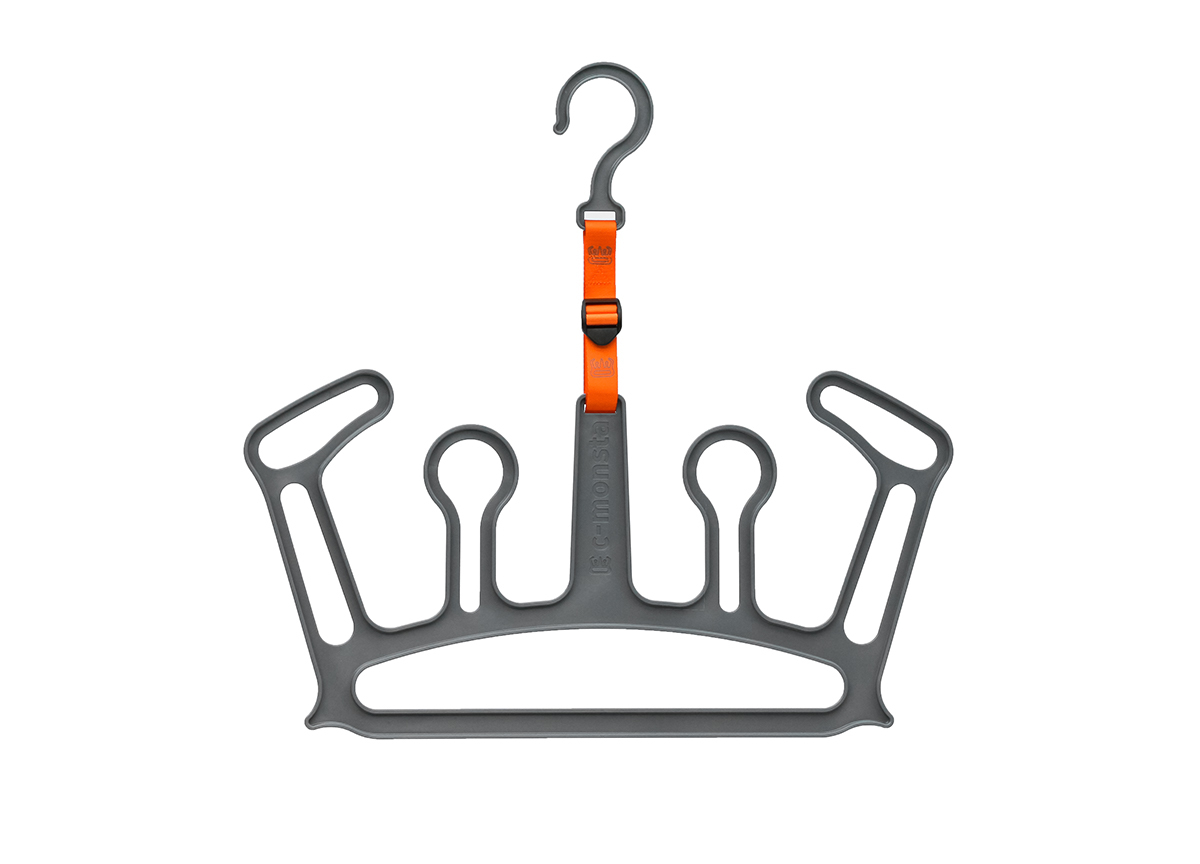Case Study
The Royal Edinburgh Military Tattoo

Partners
Edinburgh Napier University
Sectors
Creative Industries
Tourism and Leisure
Regions
Edinburgh & Lothians
Background
The Royal Edinburgh Military Tattoo is an annual event, staged on the Esplanade of Edinburgh Castle in August each year. It is an internationally renowned hallmark event which is attended annually by 220,000 people, recorded by the BBC, and is broadcast to around 100 million people. It has been running for 66 years and is a globally recognised brand.
As an event management company, the Tattoo runs other events, including overseas Tattoos, and has global influence in the events industry.
Performers from 48 countries have taken part and using the latest in sound and vision, the Tattoo is very much an “experience” for the visitors.
Challenge
The Royal Edinburgh Military Tattoo aspired to enhance the audience experience by augmenting the production of the show and/or the venue and also to be a platform for encouraging and promoting new, leading edge technologies year on year.
The company had identified the following three potential areas of development:
- 3D (visual effects – 3D/holographic or latest projection technologies, e.g. a moving image of jet or train). There are opportunities to create three dimensional images throughout the arena which are likely to be complimentary to the projections and lighting systems already used.
- Smells (olfactory options – e.g. smell of gunpowder or fuel).
- Sound (acoustics – e.g. directional). An advanced sound system is already in place but this could be enhanced.
Solution
Following a referral from Scottish Enterprise, Interface partnered the Royal Edinburgh Military Tattoo with Professor Kenny Mitchell and Dr Oli Mival of Edinburgh Napier University to work on this collaborative project, funded by a Scottish Funding Council Innovation Voucher. Edinburgh Napier brings a wealth of experience in the area of digital and augmented reality. Professor Kenny Mitchell is an imaginer and head of research for Disney UK, as well as a professor within the School of Computing at the University. Dr Oli Mival is an internationally recognised expert in the areas of Human Computer Interaction, User Experience and Interactive Design.
The project aimed to landscape the novel application of emerging and near to market technologies for potential deployment in The Royal Edinburgh Military Tattoo live performance (both for the Edinburgh shows and the touring productions). The end goal was to define and provide a design and integration roadmap for the digital and multisensory augmentation of the audience UX (User Experience) to add a new, never before experienced dimension to an already world leading production. The display needed to enhance the experience of the live user without detracting from the experience of those viewing the performance on TV, DVD and other media.
The collaboration included exploring currently available and future technologies, along with the spatial requirements of temporary outdoor venues, such as the Castle Esplanade and equivalent venues throughout the world.
The use of real time digital AR (augmented reality) in a large scale outdoor live event was the key innovation for the project. Whereas the use of digital audio and visual elements such as lighting and sound have always been used as part of the performance, the project evaluated and explored emerging augmentation technologies (for example real time laser projection mapping and directional auralisation sound “spot lights”) that far exceeded the norm and it is hoped will pioneer entirely unique and innovative visual, auditory and olfactory experiences.
“Working with the team at the Royal Edinburgh Military Tattoo has been a very interesting and productive process providing an excellent research opportunity in a real world setting. The interdisciplinary project enabled the University to draw on its wide ranging expertise across the School of Computing to explore the best way to augment the audience experience with a variety of potential emerging technologies. We look forward to a continued collaboration to help implement the ideas, insights and opportunities generated by the project work.” Dr Oli Mival
Benefits
Technology in the area of digital and multisensory augmentation is still relatively new, and it is only through this project that the company and academic team will be able to better understand the capacity and limitations of the technology. Scottish Funding Council Follow-On Innovation Voucher funding to further develop the designs for a digital and multi-sensory augmentation of the user experience is a potential option to embed the developments from the initial study.
Company
The Royal Edinburgh Military Tattoo has developed a hugely successful production and international brand based around its iconic event in Edinburgh, showcasing military and cultural acts from around the world in its celebration of music and entertainment. The Tattoo is committed to staying at the forefront of technology in order to make the user experience more immersive, vibrant and exciting for live audiences as well as those watching on television.
University
The University will benefit from in-depth analysis of the available technologies in the areas of digital and multi-sensory augmentation. Working with an established and world renowned event will develop the academic team’s understanding of the real world deployment opportunities and challenges relating to the new technology.
Economy
The Royal Edinburgh Military Tattoo is already a huge draw for tourists throughout the UK and worldwide. Further enhancement of the audience user experience would ensure that the production remains a draw for a worldwide audience, increasing tourism footfall in Edinburgh and throughout Scotland as a whole.
Follow-On Activity
Following the original collaborative project with Edinburgh Napier University, the REMT did a broad fact finding exploration into available technologies to deliver improved innovation to their event. On the back of this, they have invested in further R&D and are delivering a new mobile device app for their 2017 performances, offering new services to their audience.
Commenting on the new feature, Brigadier David Allfrey said:
‘Whilst we always work to remain true to history and heritage – to remain authentic – we are constantly looking to innovate and evolve. As part of this, we are exploring leading edge technologies and expertise to help deliver the very best experience for our live and digital audiences. We are launching an app this year – the first in three stages of development – to cater for the wishes of an increasingly technically aware and demanding audience. We do not wish to draw folk away from the fabulous spectacle of the Show but we want to present a range of information and services that might make the whole experience even more fun and memorable. This first version will help us to better understand what our audience desires. It will allow us to shape what we develop for future shows.”
Please note that Interface administers the Innovation Voucher Scheme on behalf of the Scottish Funding Council. All funding applications are reviewed on a case by case basis by the Scottish Funding Council, guidelines can be found here.


